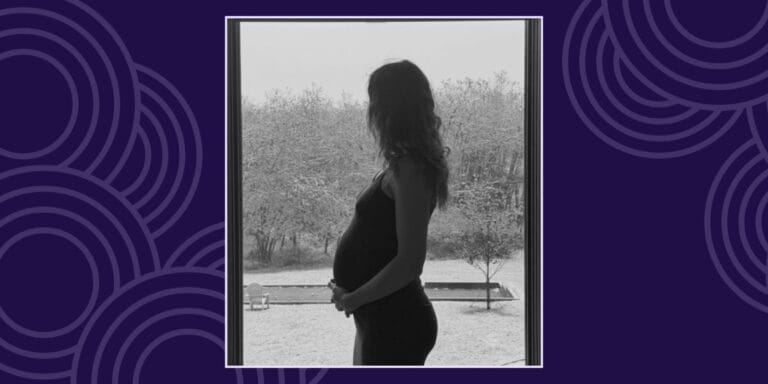This viral photo proves just how important bike helmets really are

So why aren't more kids wearing them?
Summer weather is finally here and our kids are spending a lot more time on their bikes, but pediatricians are hoping more parents will start making sure little heads are protected by little helmets.
This month, researchers at the University of Michigan’s
C.S. Mott Children’s Hospital reported that their National Poll on Children’s Health found that fewer than 60% of parents of kids between 4 and 13 say their child always wears a helmet when biking and 18% said their child doesn’t ever wear one.
So almost 1 in 5 parents say their child never wears a helmet while on a bike, and when it comes to skateboards and scooters, only 42% and 39% of parents said their kids always wear helmets while wheeling around.
That’s concerning to pediatrician Dr. Free Hess, who runs the Facebook page PediMom. She posted a photo of a bike helmet that took the brunt of an accident and so that the patient’s skull did not. It’s mangled in a way that shows just how necessary it was.
“I see children in my Pediatric ER for head trauma after falling from a bike very often. Some of these children are struck by cars but many sustain head injuries simply from losing control of their bikes while riding. Helmets in this situation can make the difference between a simple concussion and severe neurological injury and even death,” Hess writes.
The photo of the broken helmet is now being shared widely and may result in more parents choosing to enforce the helmet rule this summer. According to the University of Michigan, more than 600 kids end up in American Emergency Rooms each day due to bike injuries. Boys between 10 and 14 are the most at risk.
It can be really hard to get a kid that age to strap on a helmet if they’re not used to wearing one, so that’s why Hess and other child safety experts recommend that parents enforce helmets from a child’s first bike rides and on every kind of wheeled vehicle, like skateboards and scooters.
“Some people start the learning process by having their child wear a helmet when they start playing on push toys at a young age,” says Bethany Folsom, a health educator for the Pediatric Trauma Injury Prevention program at C.S. Mott Children’s Hospital. “This helps parents set a standard and makes wearing a helmet a part of their household rules.”
It’s also important for parents to wear their own helmets every time the family goes for a bike ride to set a good example and protect themselves. “Accidents can happen to anyone, even if you think you are a skilled bike rider,” Folsom says, noting that even if you’re going slow you can get injured if you fall unprotected. “You can hit a rock the wrong way or a dog can run out in front of you, and when that happens, you are going to want to be wearing a helmet,” she says.
According to Mott Children’s hospital, parents should know the following about bike helmets:
- Helmets should fit snugly.
- They need to be cover the forehead, and shouldn’t be tipped backward or forward.
- The chin strap buckle should be centered and tightened until it is snug (no more than one to two fingers should be able to fit between the chin and strap).
- Helmet’s that fit don’t move more than one inch side to side or front to back.












































